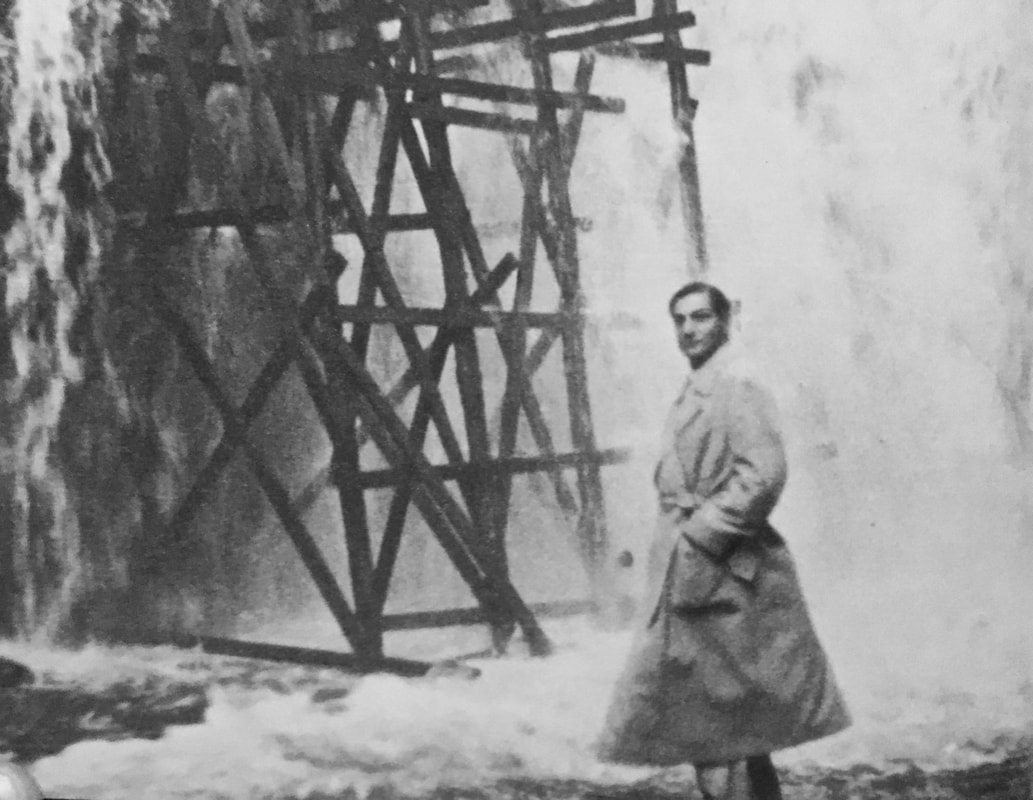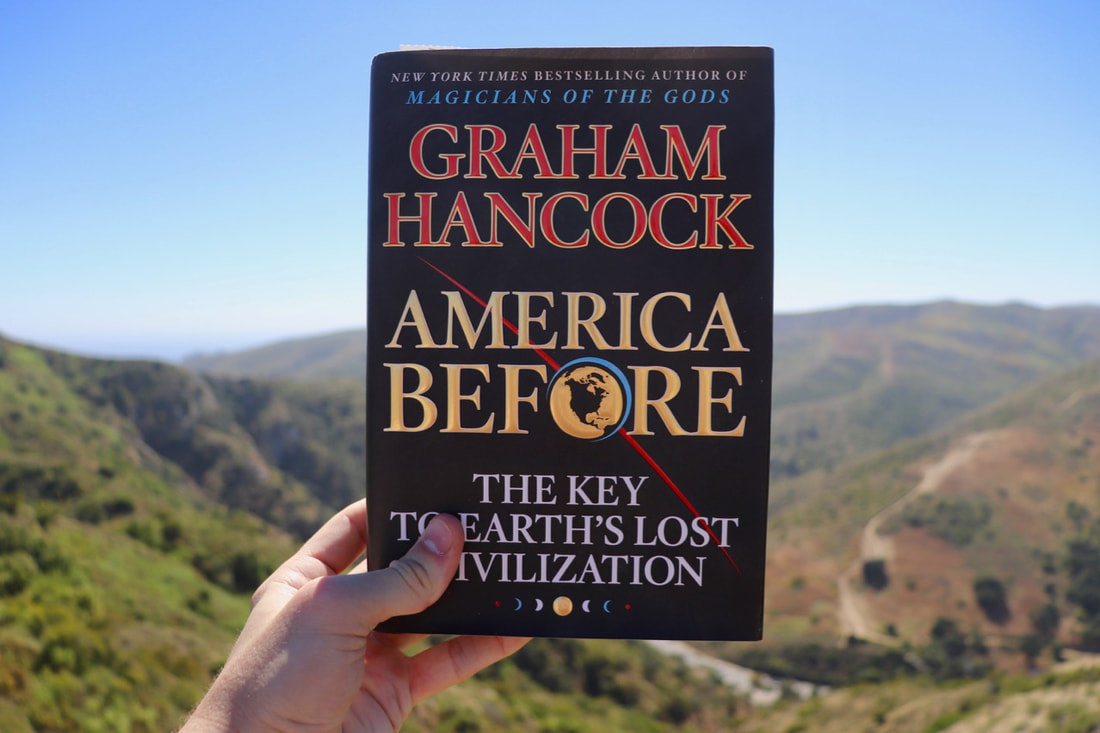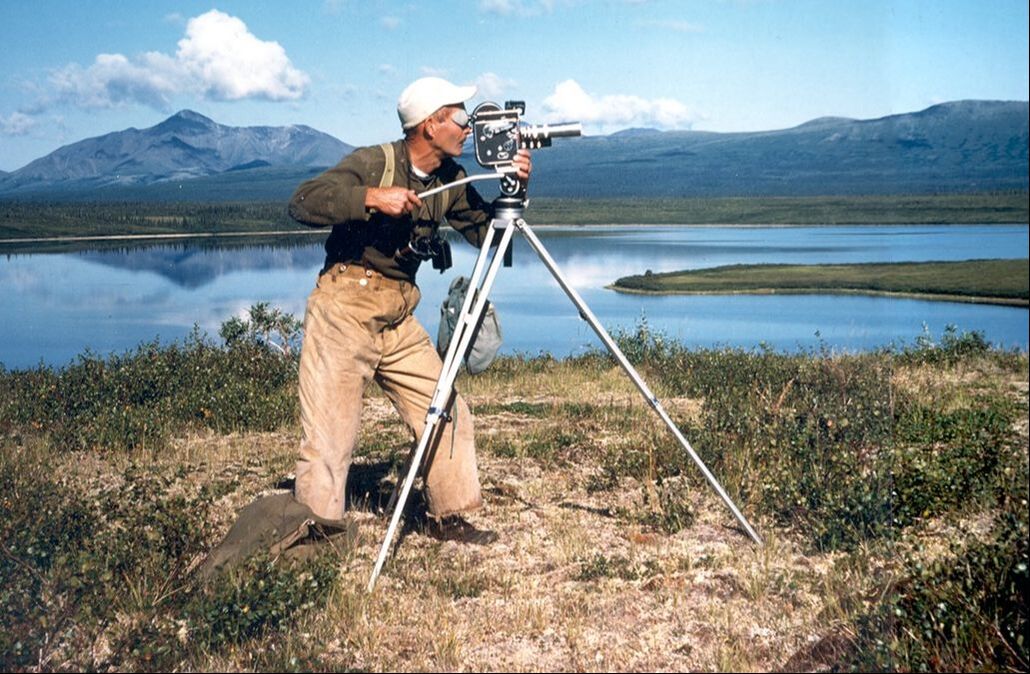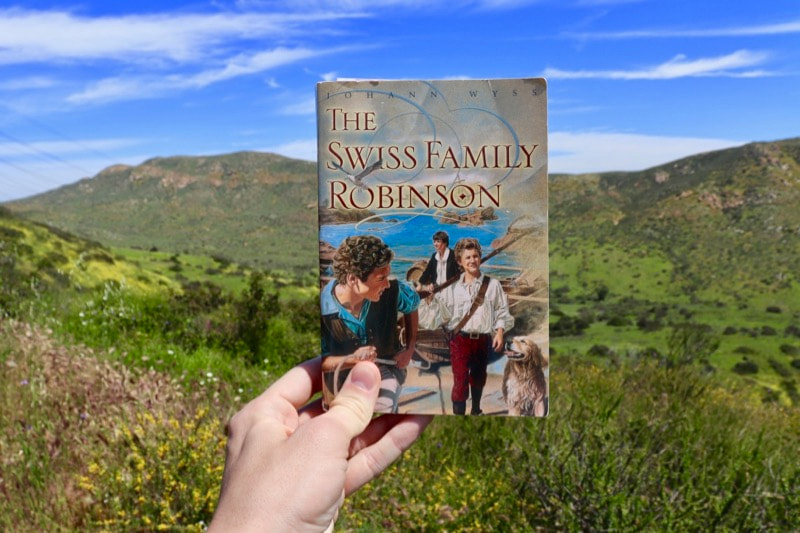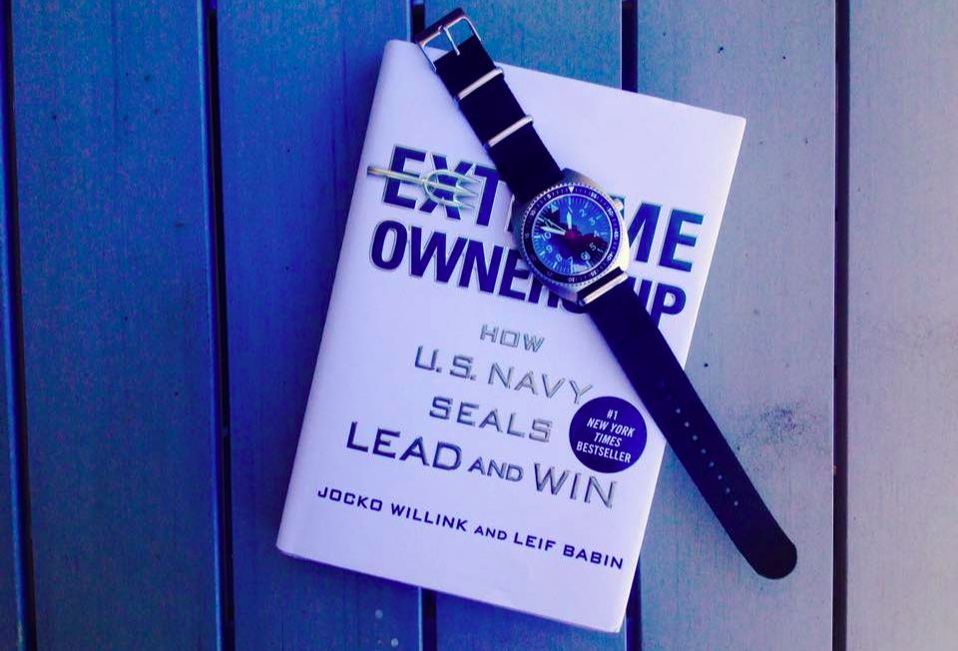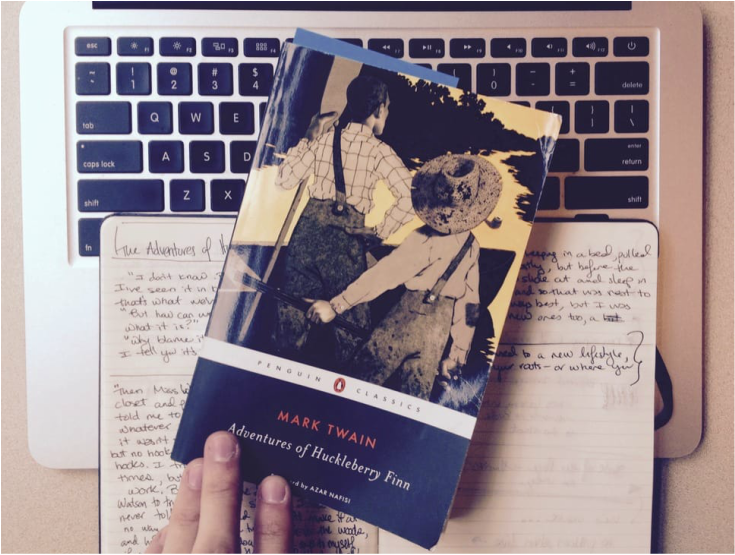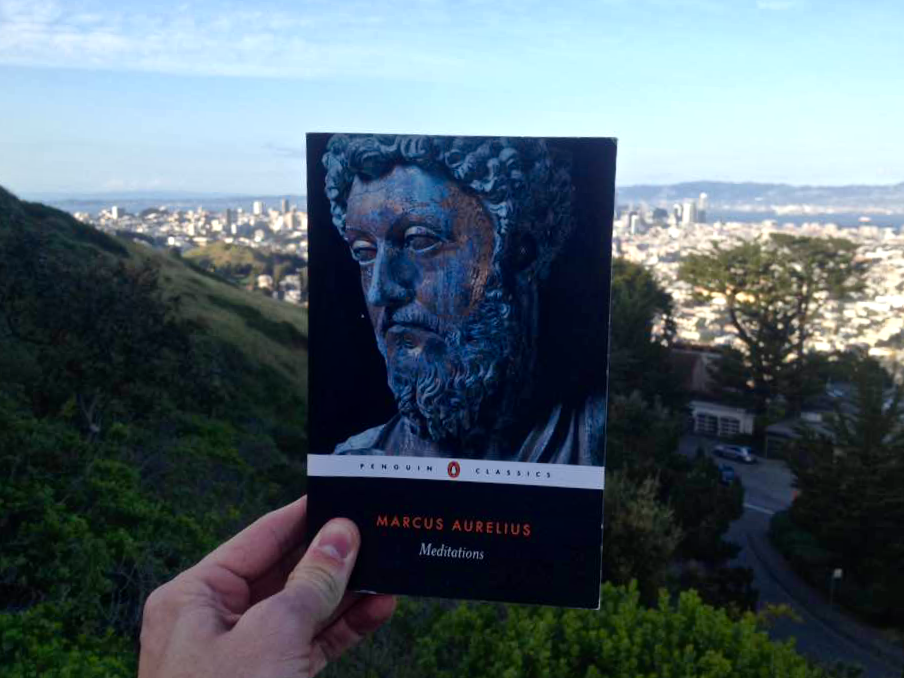"My prescription for a modern house: first pick a good site. Pick that one at the most difficult site—pick a site no one wants—but pick one that has features making for character: trees, individuality, a fault of some kind in the realtor's mind."
— Frank Lloyd Wright, 1938
— Frank Lloyd Wright, 1938
Perhaps the most famous American home ever, Fallingwater was completed by Frank Lloyd Wright in 1939 for the Kauffman family as a summer home for three. He built it on land in a secluded glen near Bear Run, a river south of Pittsburgh, above a waterfall. This short photograph-rich book explores Wright's style and substance, what he called 'organic architecture' and gives a brief tour through the exterior and interior of the home and connected guest house. Fallingwater is now a UNESCO world heritage site and tourable year round. I grew up five hours away and attended university less than an hour away, yet haven't yet visited. I'm eager to change that now after getting a glimpse courtesy of Waggoner. [JG]
Fallingwater offered the Kauffman family what many of the architect's other works also do:
- a shelter with a vista without and within; protection, but without "feeling cut off from nature"
- a sense of grounding; planes that fit with the site and give a sense of "repose" amidst undisturbed neighbors such as trees and rocks and waterways and other "revered ancestors"
- order through unity of man and nature
"The corner-window is indicative of an idea conceived early in my work, that the box is a Fascist symbol, and the architecture of freedom and democracy needed something basically better than the box. So I started to destroy the box as a building. Well, the corner-window came in as all the comprehension that was ever given to that act of destruction of the box. The light now came in where it had never come before and vision went out. You had screens for walls instead of box walls—here the walls vanished as walls, the box vanished as a box." — FLW, 1953
YOU MAY ALSO LIKE




